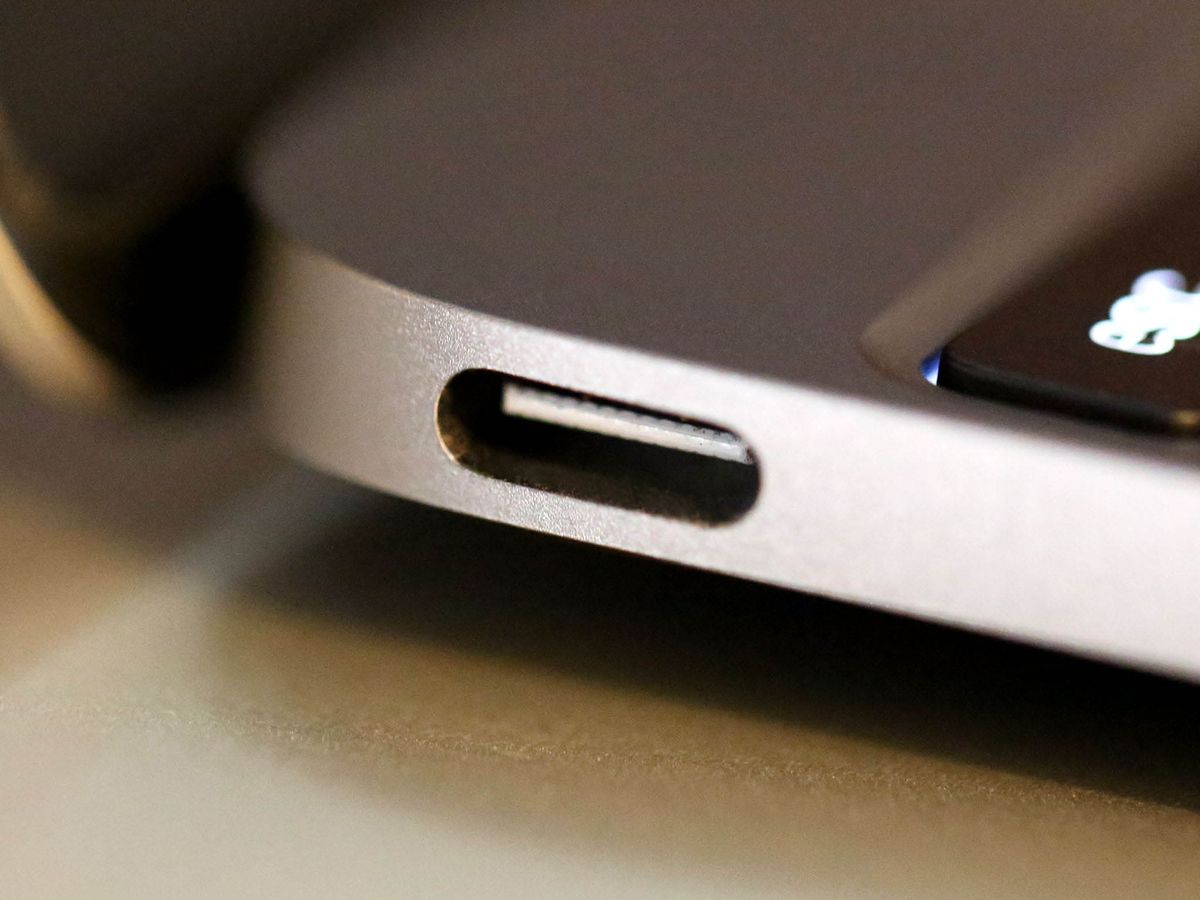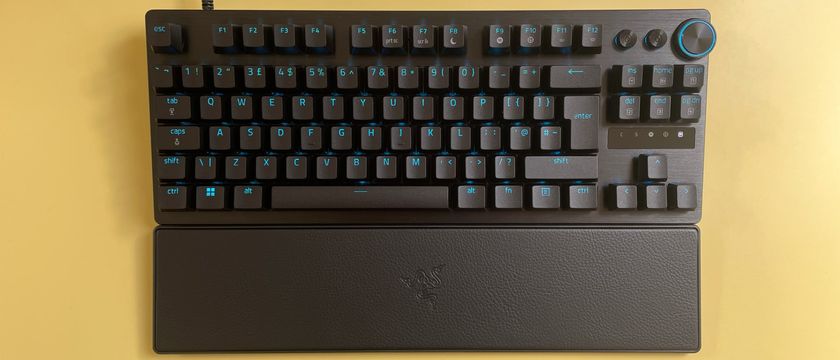Enough with Thunderbolt and USB 3.0: I'm ready for USB-C!

The Internet outrage machine has produced much sturm und drang over Apple's the new MacBook and its use of a USB-C connector instead of USB 3.0 or Thunderbolt, as is available on other Mac laptops. I have to say, though: I'm ready for a new peripheral interface.
Most of the anger directed at USB-C on the new MacBook isn't because of any inherent flaw in the technology; it's because of the MacBook's use of a singular connector to attach peripherals and power. The MacBook simply isn't designed to be an externally expandable machine, and if you're considering it as one, you're looking at the wrong computer in Apple's lineup.
USB-C will come to other Macs sooner, rather than later
USB-C will come to other Macs sooner, rather than later, but that doesn't mean Thunderbolt will suddenly vanish, either. Thunderbolt 2 is Apple's highest-speed peripheral interface, and it's particularly useful for pushing vast amounts of data very quickly: It's great if you're sending pixels to a 4K display, for example, or reading and writing data from a multi-drive RAID array; it's even useful in a pinch as a networking interface. Twice as fast as USB-C, too.
But I have a love-hate relationship with Thunderbolt. So versatile. But also very finicky.
I don't know what it is, but I have the worst luck with Thunderbolt cables. I never seem to be able to get ones that fit right. Doesn't matter what Mac I use or what Thunderbolt peripheral I'm using it with, whichever cables I have (and I've tried many different ones) never seem to sit right. If I move my Mac a few millimeters in any direction (it is a laptop, after all), it disconnects. Or on my Mac mini, if I so much as breathe funny on the cable, it stops working.
And I know it's not just me. Google "thunderbolt cable loose" and take a look at the search results. You'll find lots of people talking about it, including many from Apple's own support forums. Something about the design of these cables and ports confounds many of us: We pay a premium to get a premium interface, but it's seemingly hampered by a less-than-premium design.
USB-C's bandwidth maxes out at 10 gigabits per second — half the speed of Thunderbolt 2, but twice the speed of USB 3.0, the primary interface found on all other Macs besides the MacBook. But 10 Gbps is more than enough for most mainstream Mac users, at least right now, and it's the same speed as the original Thunderbolt. If you've ever depended on Thunderbolt in the past, you'll know that it's heaven-sent for moving lots of data: digital video editing, archiving high-res photographs and artwork, multi-track digital audio recording, and more.
Master your iPhone in minutes
iMore offers spot-on advice and guidance from our team of experts, with decades of Apple device experience to lean on. Learn more with iMore!
Sure, Thunderbolt 2 is on its way out.
On top of that, USB-C connectors are tiny and reversible, just like Lightning connectors for the iPhone and iPad. They fit in your bag more easily, they're simpler to wrap up, and the connector works with older USB devices as well.
And Thunderbolt 2 is on its way out, regardless, because Thunderbolt 3 is phasing in once Apple releases a Mac based on Intel's forthcoming Skylake processor. When Macs appear with USB-C in place of USB 3.0, I'll be happy. I won't be sorry to see USB 3.0 go away in favor of USB-C. It's simply a better way to connect peripherals that will work for a lot more people.











